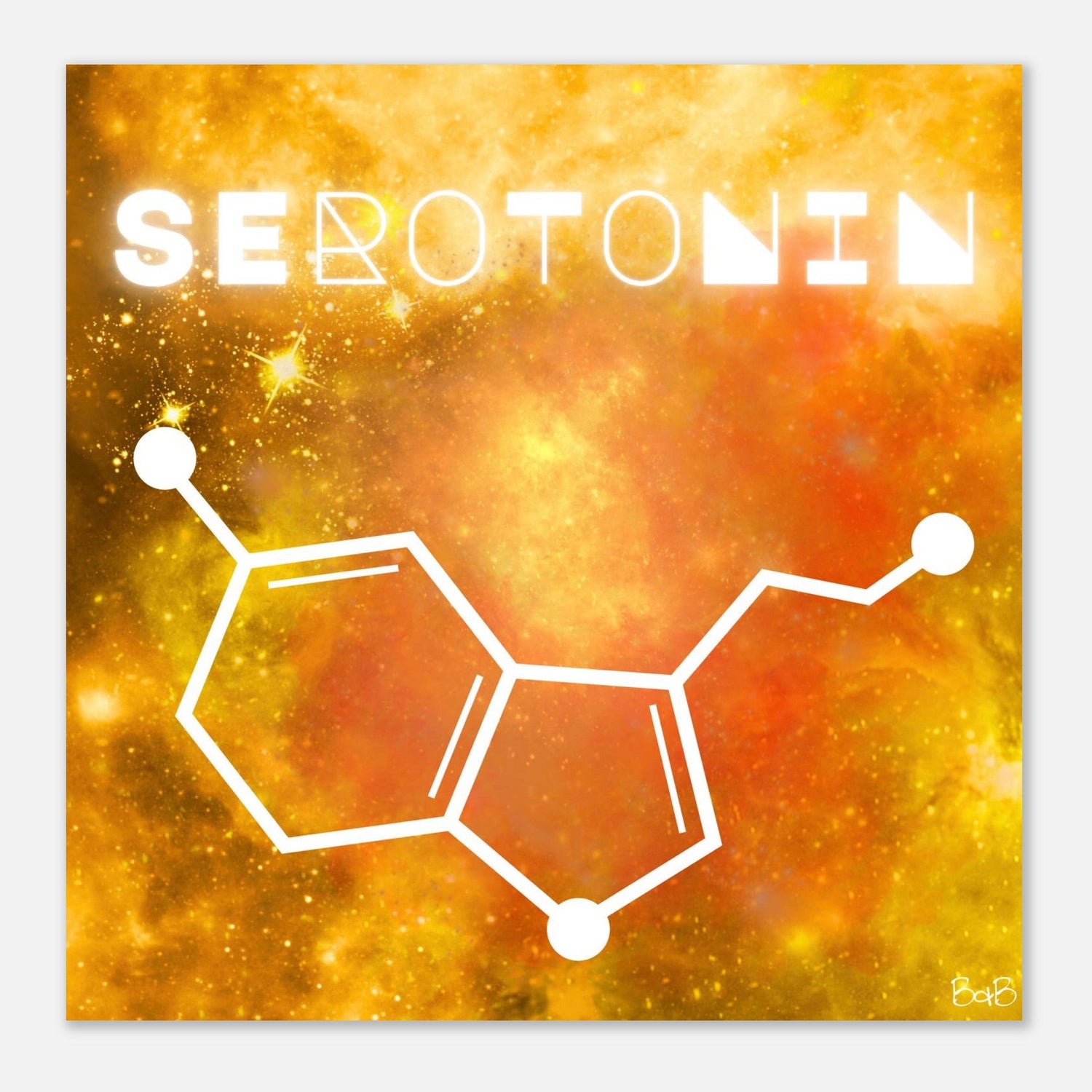Mapping the Mind: Landscapes to Explore Your Inner World
Our minds are like landscapes—full of wide open spaces, hidden corners, winding paths, and changing weather. Sometimes we know exactly where we are; other times, we feel a little lost in the terrain. Drawing a landscape is a creative way to explore your inner world gently and without judgment. With just paper, a pen, and a little quiet time, this art exercise can help you understand your emotional state, bring clarity to your thoughts, and foster a deeper connection to yourself.
The Exercise: “Draw Your Inner Landscape”
What you need:
- A blank sheet of paper
- A pen or pencil
- Optional: colored pencils, watercolors, or markers
- A calm space and about 20–30 minutes
How to do it:
-
Begin by taking a few deep breaths and closing your eyes. Ask yourself: If my mind were a place, what would it look like right now? Is it a quiet forest? A stormy coast? A sunny meadow? A desert? A messy city street? There’s no right or wrong—just follow what comes up.
-
Open your eyes and begin to draw that landscape. Don’t worry about artistic skill. Use lines, shapes, symbols, or textures to create it.
-
Include differentelements in your landscape:
-
Mountains or hills for things that feel challenging or overwhelming
-
Paths or roads for questions or choices
-
Water (rivers, lakes, rain) for emotions
-
Sun or moon for clarity or calm
-
Trees or plants for growth and healing
-
Structures (like a house, tower, bridge) for parts of yourself or your life
-
-
As you draw, ask yourself: What feels distant? What feels close? What feels safe? What feels unsettled? Add details as you notice them.
-
Use color if you'd like to reflect mood or energy—cool tones for quiet, warm tones for energy, dark tones for heaviness, etc.
-
When finished, take a few minutes to look at your drawing. What stands out? What surprises you? What might your inner world be telling you today?
Why It Works: Visual Metaphor and Self-Exploration
This exercise uses a technique called externalization through metaphor—you take something internal (your thoughts, feelings, questions) and represent it with images. This gives your mind a new way to process experiences that might be hard to name with words.
The use of landscape taps into the brain's natural love of imagery and story. Research in art therapy shows that symbolic drawing helps increase self-awareness, reduce emotional overload, and support creative problem-solving (Moon, 2007). By drawing your mental state as a physical space, you create emotional distance—enough to observe rather than feel overwhelmed.
The process is also deeply mindful. As you sketch each piece of your inner world, you’re slowing down, breathing deeper, and reconnecting with your present-moment experience. Like journaling, this can offer insight—but with a more visual and intuitive language.
You don’t have to have the answers, or fix anything—just notice. Your inner landscape is always changing. Drawing it helps you meet it with curiosity, care, and compassion.
So there you are! Give it a go and let me know! If you're pleased with the outcome, feel free to reach out online and send me a copy, and if you're happy for me to share then let me know, as I'll be creating an online gallery down the line :)
This post is a collaborative effort between AI and myself in order to provide the most up to date information.










